It’s beginning to look a lot like winter and plans are already in place to keep the roads in and around Inverness open when the snow comes.
Highland Council’s winter service plan started this month and runs until April.
As the city grows, how does the authority manage its gritting operations?
Which routes get priority? Where are the grit bins? And can people get help to keep their local roads clear?
How big is the patch?
The council’s Inverness area has around 650 miles of roads to try to keep open during winter.
Priority is given to the 206 miles of primary routes. These are main and local distributor roads with frequent bus routes.
Next are the 170 miles of secondary routes – those connecting smaller communities and other bus routes to the primary network.
Then there are the 278 miles of tertiary routes covering minor and residential roads.
An average of 10,000 tonnes of salt is spread on roads around Inverness each year.
This is applied by 17 gritters and 10 footpath tractors operating around the city.
Each vehicle treats, on average, 21 miles of primary and secondary routes followed by 16 miles of other routes daily.
When are the roads gritted?
Operations begin at 6am each day including weekends and can continue to 9pm.
During severe overnight weather, treatment can start at 5am on King Duncan’s Road, Mackintosh Road, Ashton Road, Ashton Crescent. Midmills Road, Crown Circus, Crown Road, Academy Street, Friars’ Lane, Bank Street, Bridge Street, Castle Street, Ness Bridge, Young Street, Tomnahurich Street, Telford Street, King Brude Road, General Booth Road and Leachkin Road.
Also on Old Perth Road, Inshes Road, Milton of Leys Road, Drumossie Bridge, B9006 Culloden Road, Tower Road, Barn Church Road and Culloden Road, Balloch.
Footpaths in the main shopping areas are treated first.
Subject to the weather, treatment may be extended to paths serving schools, hospitals and other commercial areas.
Residential paths will in general be treated last.
Where are the grit bins and can I get one?
There are 614 grit/salt bins located across the city and they are filled by the same crews that man the gritter lorries.
They are generally put in places with steep gradients where there is not a regular road or footway gritting service.
The bins are filled before winter and re-filled regularly subject to availability of resources.
Requests for additional bins are considered depending on:
- the elevation and steepness of the road/footway
- whether a regular road or footway gritting service is already provided
- the needs and numbers of the regular users of the footway/road
- resources are available to service the bins
Can I get help to do some gritting myself?
The council is encouraging communities to ‘self-help’ as much as possible and to assist neighbours in clearing snow and ice.
Under the winter resilience scheme, groups can apply via their community council to carry out footway gritting in an agreed area.
The council will provide salt/grit, bins, scrapers and reflective waistcoats.
This is not aimed at replacing the council service, but to enhance it within communities.
The council spends around £1.2 million annually on winter maintenance in Inverness.
Ken Gowans, chair of the economy and infrastructure committee, said: “It’s difficult to know how much we will spend this year as it depends on the weather.
“But we have a statutory duty to keep the roads reasonably free from ice and snow.
“We will keep spending and go over budget if we need to.”
Adequate salt stocks for winter
He said the council has adequate salt stocks for the Highland region of 40,000 tonnes for the start of winter.
There are no concerns about future provision and Inverness is better placed than other areas to receive supplies which are delivered into the city harbour.
Mr Gowans added: “While the public can be quick to criticise, as everyone wants the roads gritted at the same time, the council staff have to get to work on roads that haven’t been gritted, as they are the ones that grit them.
“That’s not without danger and should be recognised.”
For more Inverness news and updates visit our dedicated page and join our local Facebook group.
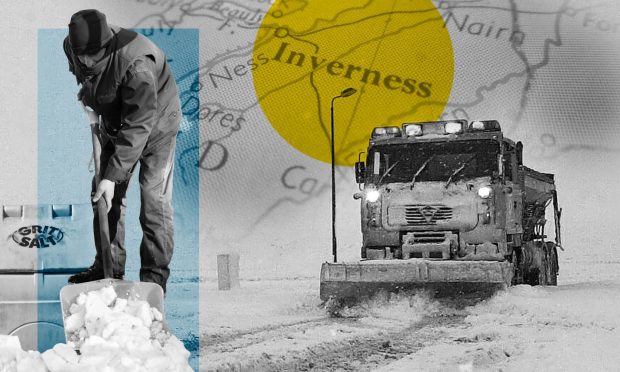
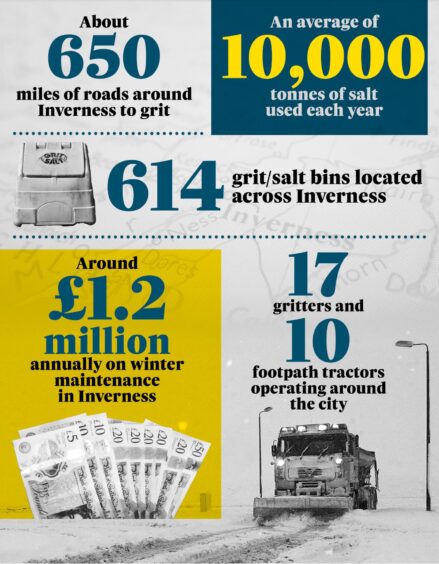
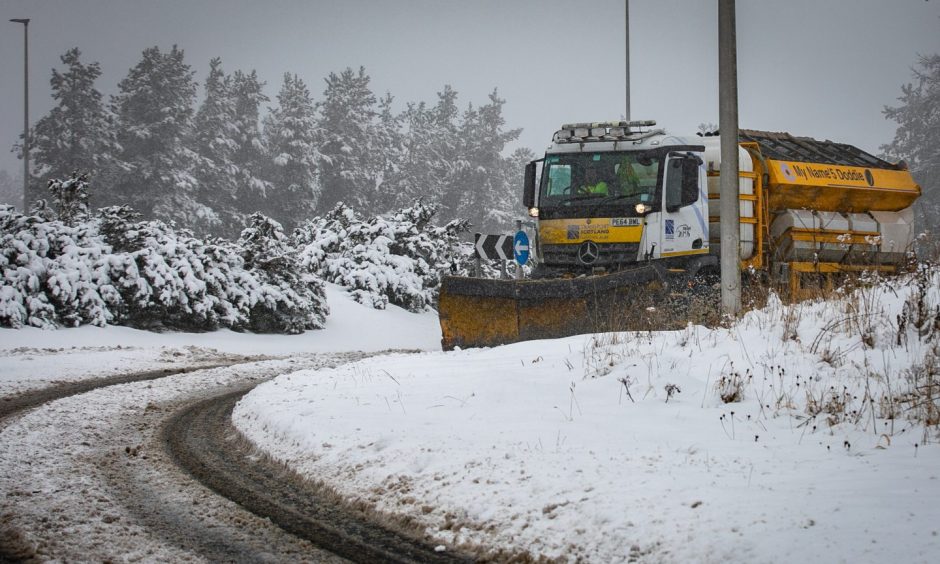
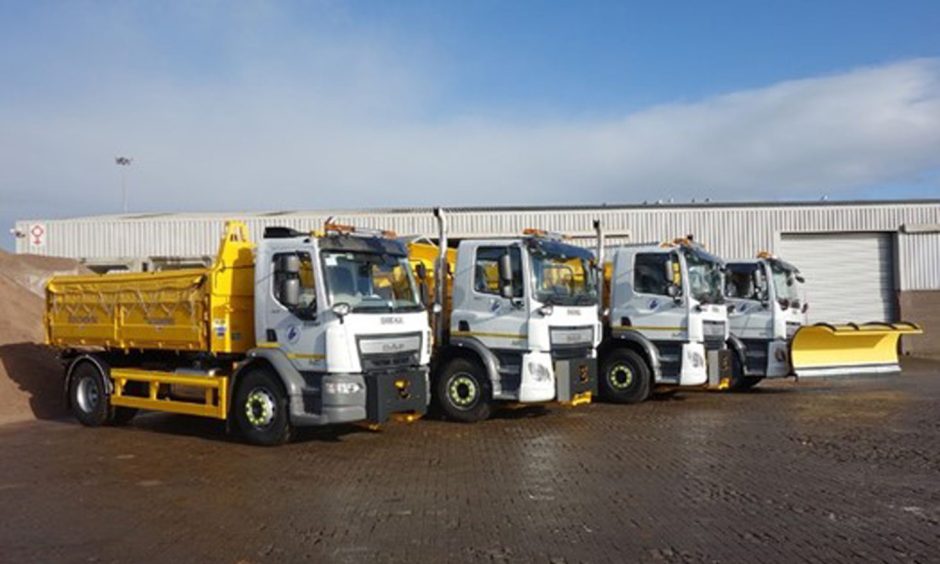
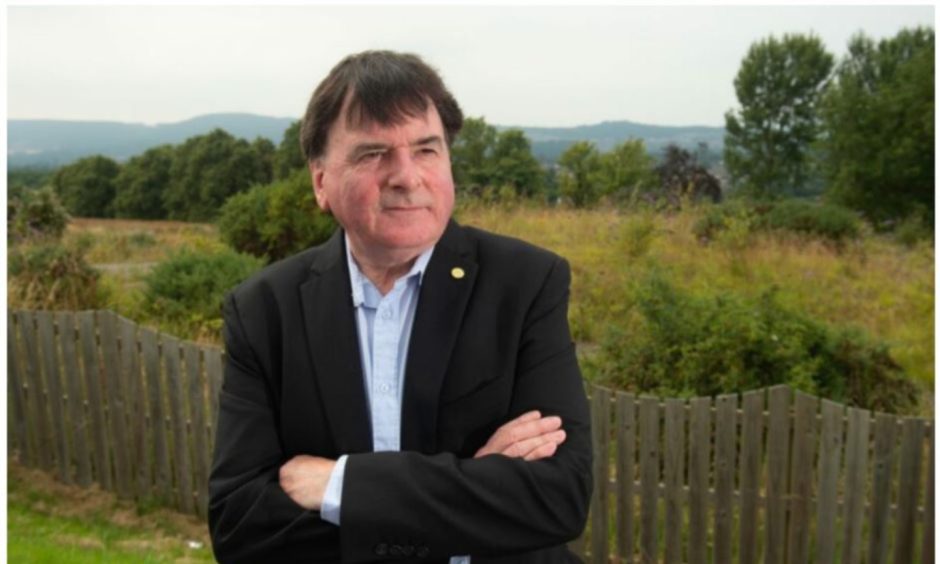
Conversation